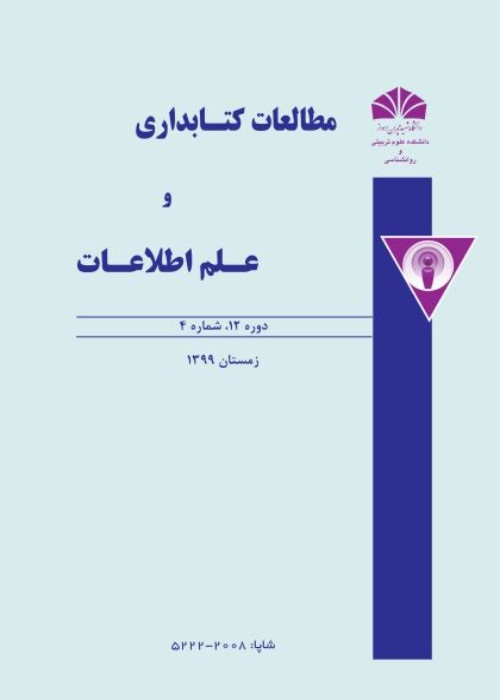Identification of the interoperability factors of information system of universities of Iran
The process of teaching and research in universities is dynamic, complex and requires extensive change and transformation. As a result of advances in information and communication technology, the world of academia also entered the age of the information society. Its manifestation is the use of academic management information systems, test and evaluation information systems, online education systems, student information systems, faculty member information systems, etc. in universities. The main idea behind the use of all these systems is to collect relevant data, represent it and illustrate it based on the needs of different academic users. The management information system with the aim of providing the required information, helps managers in issues such as planning, control and decision making and provides the necessary support to make strategic and optimal decisions for managers of the educational system. Provides. This paper has studied interoperability factors of information system among Iranian universities. The lack of interoperability among Iranian universities has verified the importance of this article.
This paper is an exploratory qualitative study which base on its objectives classifies under applied researches. Several key factors of interoperability have been extracted precisely, and results have been analyzed by experts along using Delphi technique (Zeinali et al. 2017 & Namli et al, 2009). The population of this study has concluded all information system experts and managers at different branches of Islamic Azad University (IAU) which had qualified to interview with their corresponding experiences. The sample population has been made of both faculty members and manger level participants that participate in Delphi rounds
Increasing the volume of data has been one of the major concerns of organizations. They are trying to facilitate its by using information management mechanism. Lack of a comprehensive and systematic approach over time leads to the implementation of a variety of information systems in an organization with different data structures and programming that complicate their usage. Over the years, the issue of information systems interoperability under these conditions has been considered.Results have proven that the key factors of technical interoperability in information system of IAU are:· Ability to interact with information systems and Data exchangeability·Link-ability to decision support system (DSS)·Standard format of saved Data· Centralized security· Centralized Data monitoring· Integrated processing and Synchronization· Easy communication with other systems·Ability to use virtually, online and distance education And so on.Similarly, this study had claimed the below listed items as the critical organizational interoperability factors of information system in Iranian university case study:Its mechanism regarding information delivery and updating ·Flexibility and ability to Change and update· Dynamic and flexible setting·Changeable task manager· Efficiency measurement and feedback Expandable architecture Ability to develop regarding new demands·Service-oriented architectureAnd finally, the most significant semantic interoperability factors of information system in Iranian university case study had highlighted as below:·Ability to code the learning symbols and identifiers Ability to communicating with independent clients not considering languages. Using standard coding and identifiers·XML interpreter service· Map service· Preparing a standard format of texting between clients· Content Based Routing· Being user friendly considering user’s knowledge and vocabulary
At the end, this paper significantly had determined that the architecture of university information system should guaranty the integration of information process while eases the flowing data between the departments or clients smoothly. In the other word, establishing an interoperable information system which covers all technical, Organizational and Semantic aspects and share demanded information with clients on time is the most crucial characteristic of modern organizations. Furthermore, lack of these aspects (technical, Organizational and Semantic) obstructs systems achieving efficiency, development and interoperability, and it may affect their decisions at current competitive market. On the other hand, improving these factors significantly simplifies the communication between clients and increases the effectiveness, efficiency, and customer satisfaction as well.
- حق عضویت دریافتی صرف حمایت از نشریات عضو و نگهداری، تکمیل و توسعه مگیران میشود.
- پرداخت حق اشتراک و دانلود مقالات اجازه بازنشر آن در سایر رسانههای چاپی و دیجیتال را به کاربر نمیدهد.


